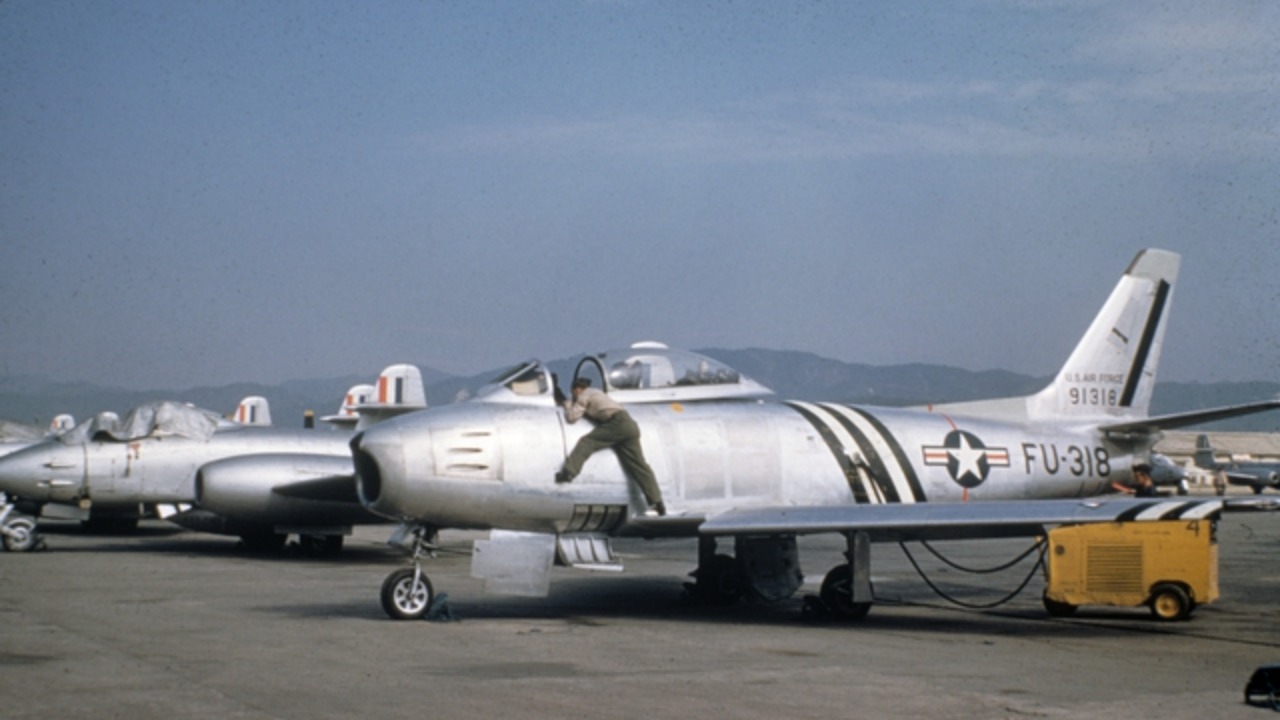
The F-86 Sabre stands as a testament to American aviation ingenuity, holding the distinction of being the most-produced fighter jet in U.S. history. With its innovative design and advanced technology for the era, the Sabre was a crucial player during the Korean War and marked a significant step in the evolution of jet-powered aircraft.
The Birth of the F-86 Sabre
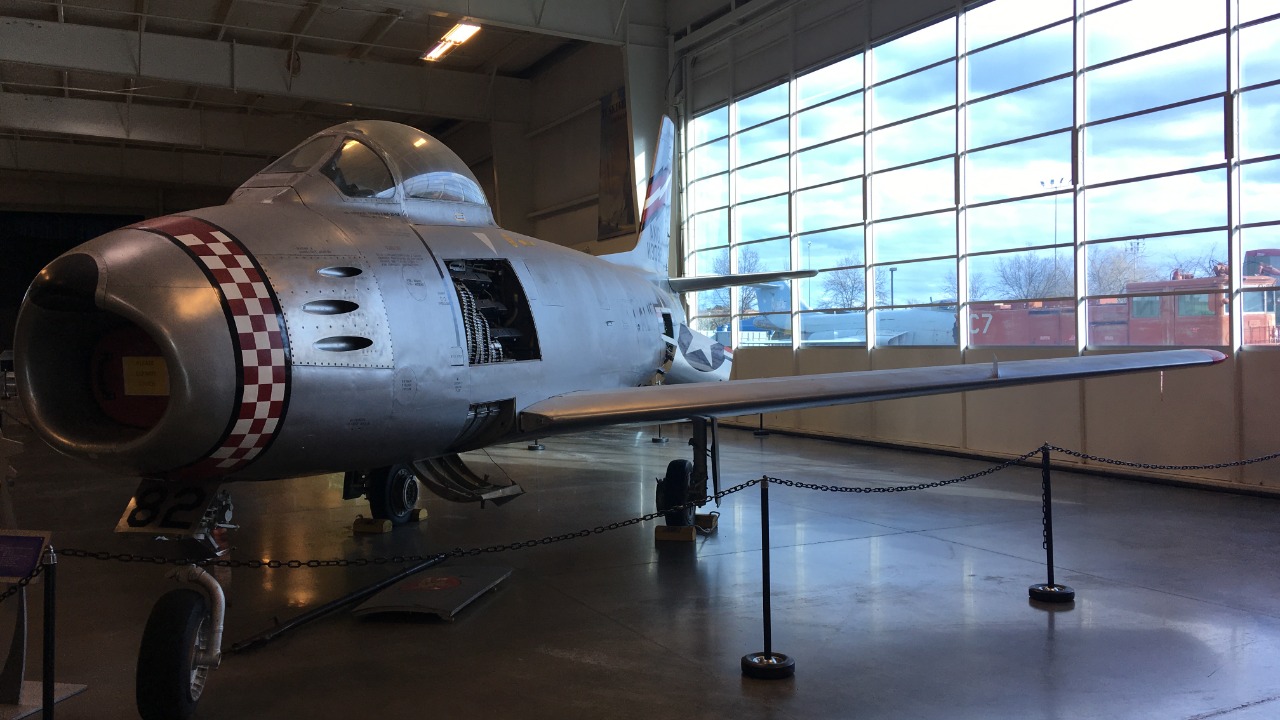
The development of the F-86 Sabre was a pivotal moment in aviation history, driven by the need for a high-performance jet fighter that could match the new era of aerial combat. Inspired by German technology captured during World War II, the Sabre featured a revolutionary swept-wing design that provided superior aerodynamics and speed. This design allowed the aircraft to break the sound barrier in a dive, a feat that was unprecedented at the time.
North American Aviation, the company behind the Sabre’s creation, played a crucial role in its development and production. Known for their innovative approach to aircraft design, North American Aviation had already made significant contributions to the U.S. military’s air capabilities. The company’s expertise and resources were instrumental in bringing the F-86 from concept to reality. The initial flight of the Sabre in 1947 marked the beginning of a rigorous testing phase, which would eventually lead to its mass production. These tests confirmed the aircraft’s capabilities and set the stage for its deployment.
Combat History and Impact
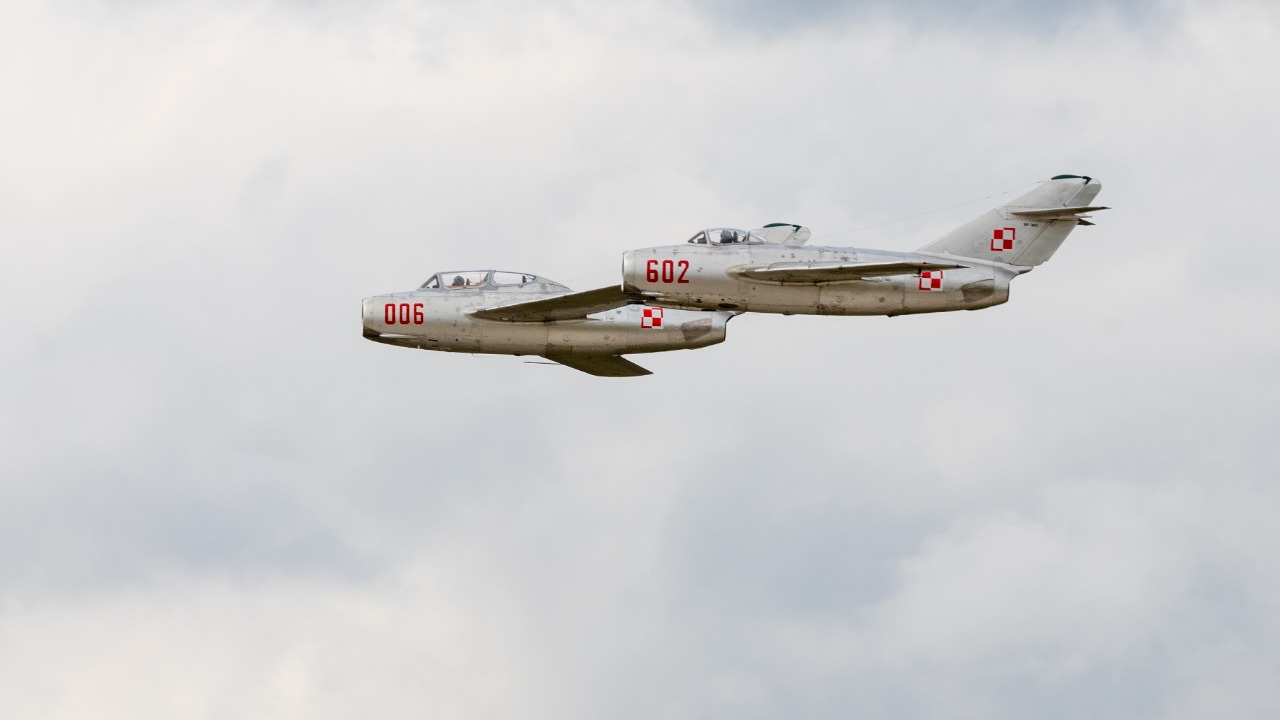
The F-86 Sabre made its mark in history during the Korean War, where it became a formidable adversary to the Soviet MiG-15. The Sabre’s involvement in the conflict was a game-changer, providing the United States and its allies with a technological edge over their opponents. Its superior speed and maneuverability allowed it to dominate the skies, ensuring air superiority for the United Nations forces. The aircraft was involved in numerous dogfights, proving its worth time and again.
One of the key factors that contributed to the F-86’s success was the strategic use of its advanced avionics and weaponry. Pilots employed innovative tactics to exploit the aircraft’s strengths, including its high-speed dive capability and its powerful armament. The Sabre’s impact extended beyond the Korean War, influencing the design and development of future fighter jets. Its successes demonstrated the importance of speed, maneuverability, and advanced technology in aerial combat, setting the stage for the next generation of military aircraft.
Technical Specifications and Variants
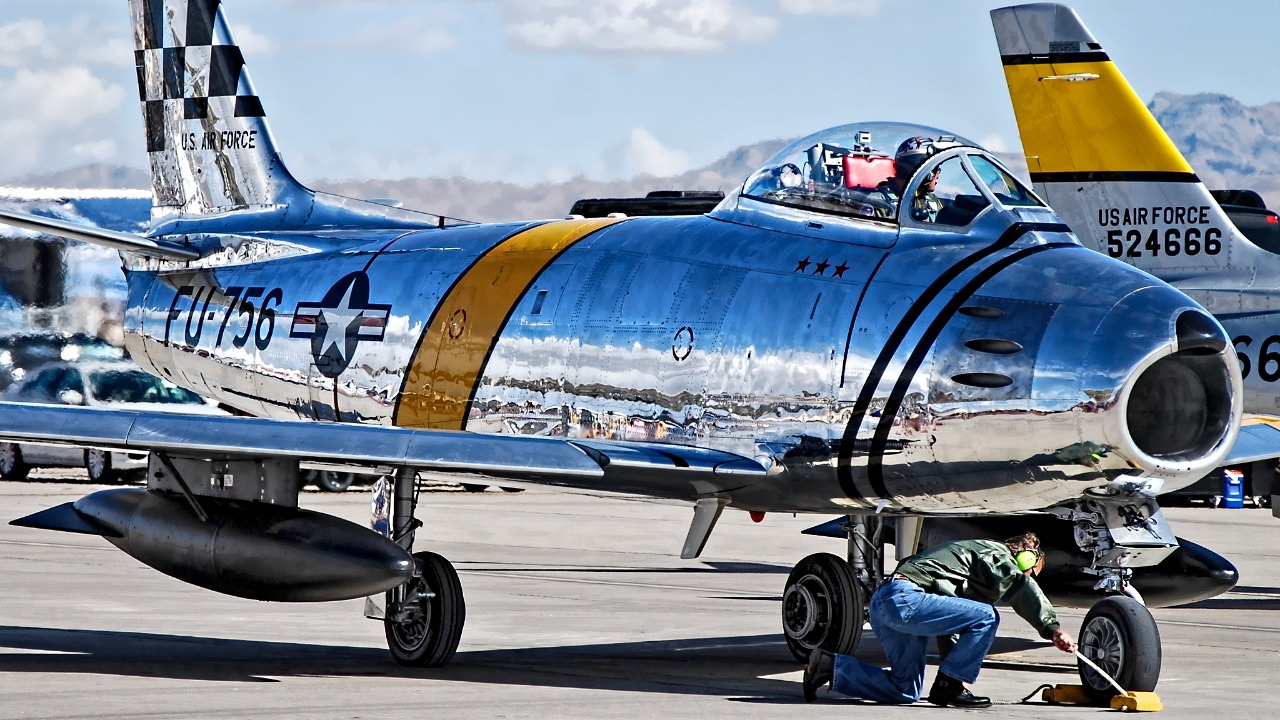
The F-86 Sabre was powered by a General Electric J47 turbojet engine, which provided it with impressive speed and performance capabilities. The aircraft could reach speeds of up to 685 mph and had a range of approximately 1,200 miles. Its design prioritized maneuverability, allowing it to perform complex aerial maneuvers with ease. These features made the Sabre a formidable opponent in combat, capable of outmatching many of its contemporaries.
Several variants of the F-86 were developed to fulfill different roles and improve upon the original design. The F-86A was the initial production model, while the F-86E featured an improved hydraulic control system for better maneuverability. The F-86F was another significant variant, with a more powerful engine and enhanced avionics. Each variant played a specific role in enhancing the overall effectiveness of the Sabre in various combat scenarios.
In terms of armament, the F-86 was equipped with six M3 Browning .50 caliber machine guns, which provided it with formidable firepower. Additionally, the aircraft could carry a variety of bombs and rockets to increase its combat capabilities. The onboard systems, including radar and targeting equipment, further enhanced its effectiveness in combat situations.
Legacy and Preservation
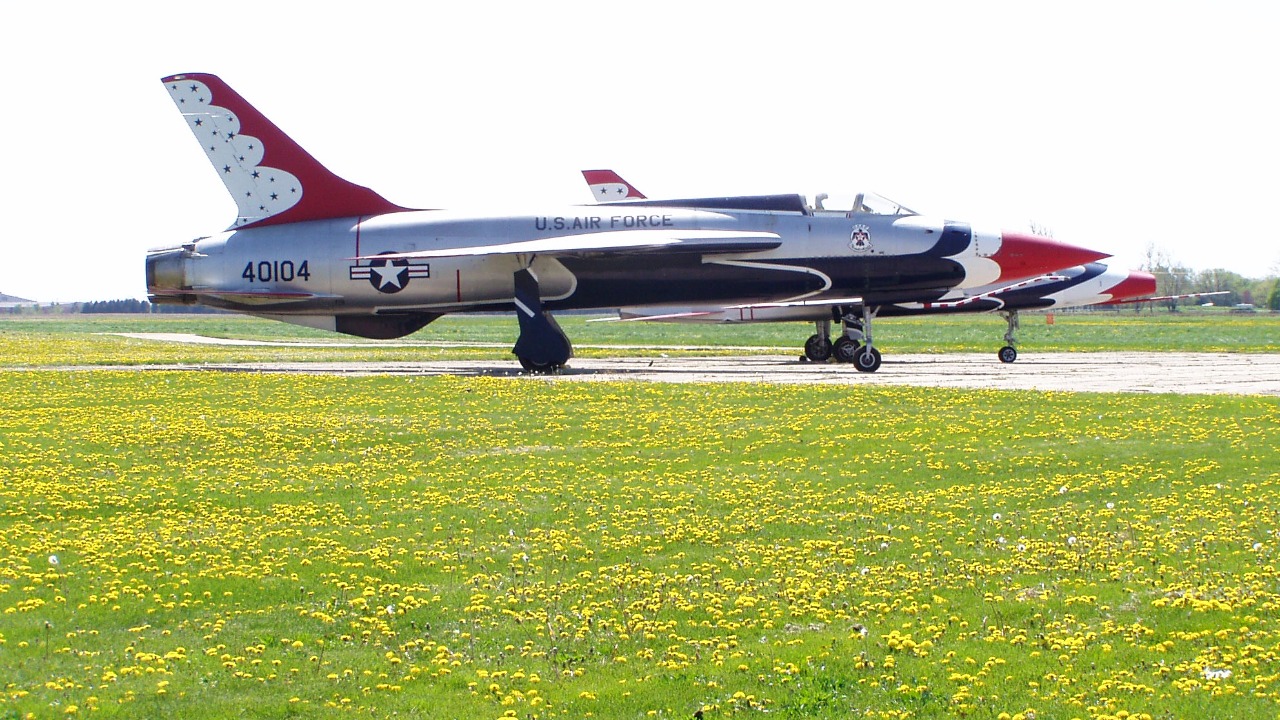
The legacy of the F-86 Sabre is evident in the development of more advanced fighter jets that followed in its footsteps. The aircraft’s success laid the groundwork for future designs, such as the F-16 Fighting Falcon and the F-100 Super Sabre. These aircraft incorporated many of the innovations first seen in the Sabre, including swept-wing designs and advanced avionics, to achieve greater performance and capabilities.
Today, several F-86 Sabres are preserved in museums and airshows, serving as a reminder of their historical significance. These preserved aircraft are important cultural artifacts, offering insights into the technological advancements of the era. Museums such as the National Museum of the U.S. Air Force and the Smithsonian National Air and Space Museum house examples of the F-86, allowing visitors to appreciate its impact on aviation history.
The cultural and historical significance of the F-86 Sabre extends beyond its technical achievements. The aircraft has been featured in various forms of popular media, from films to video games, cementing its place in the public consciousness. Its enduring legacy as a symbol of American military prowess continues to inspire new generations, a testament to its lasting impact on both aviation and history. For more detailed information on the top American fighter aircraft, you can explore this list of top 10 American fighter aircraft.